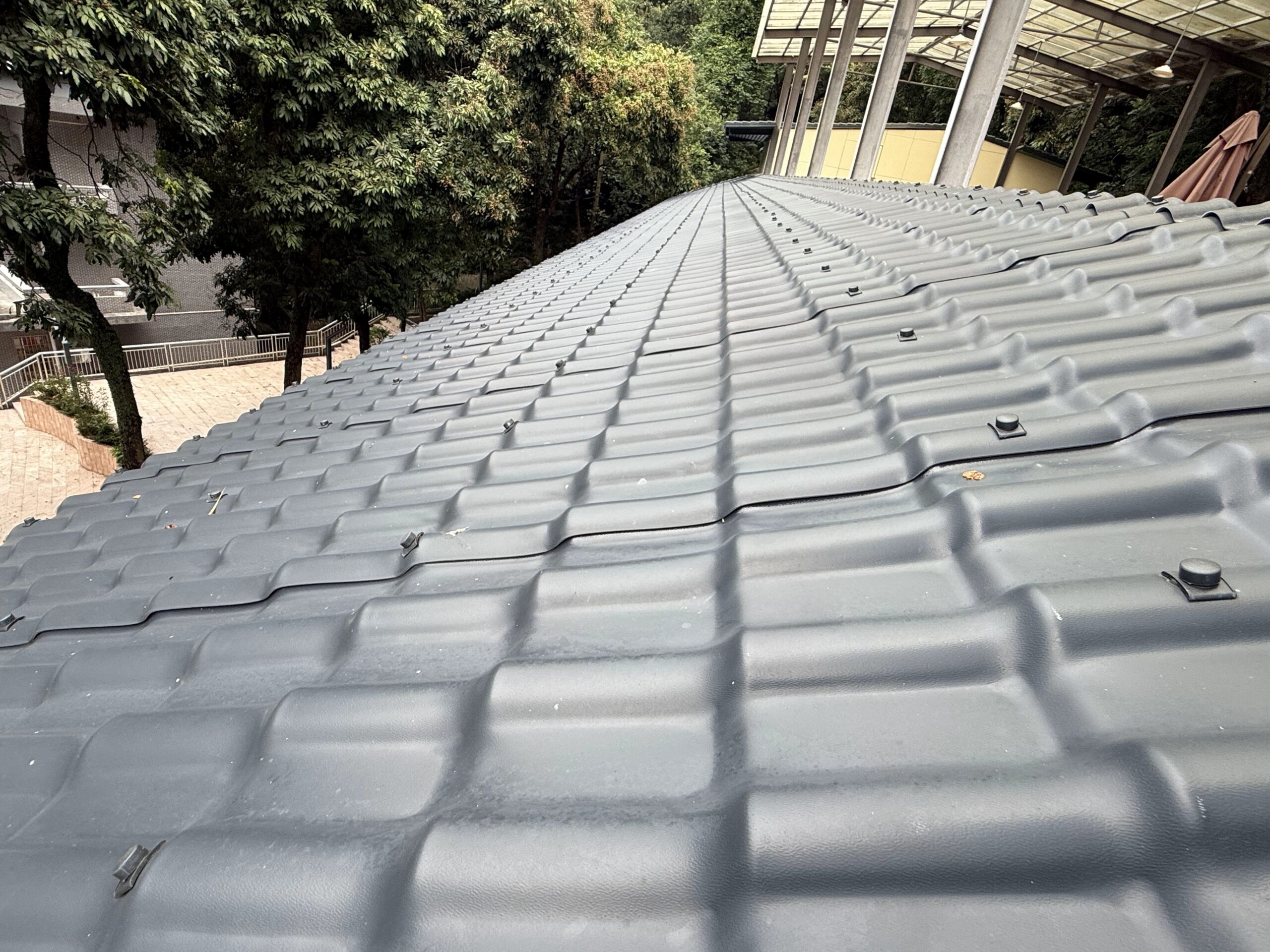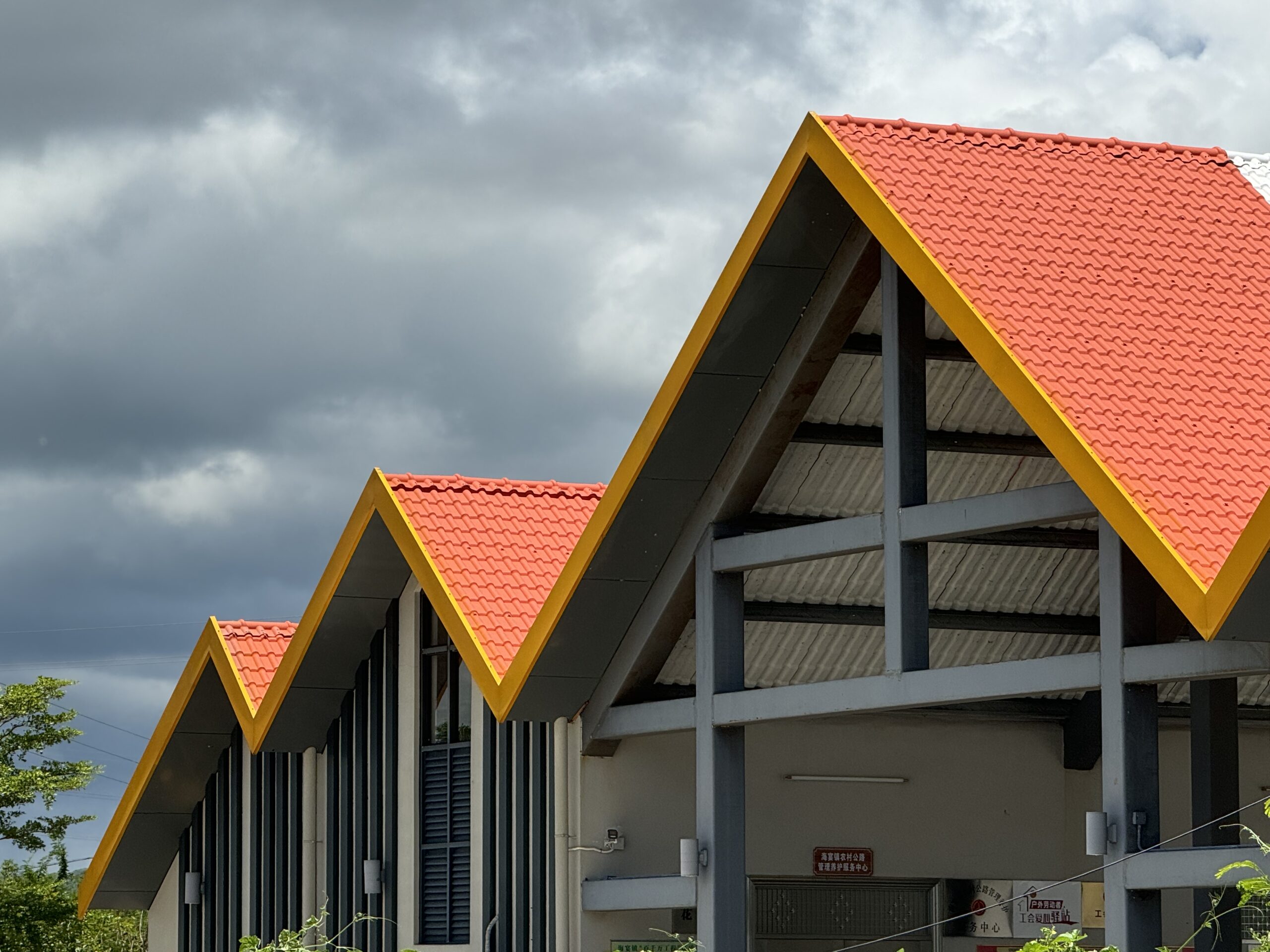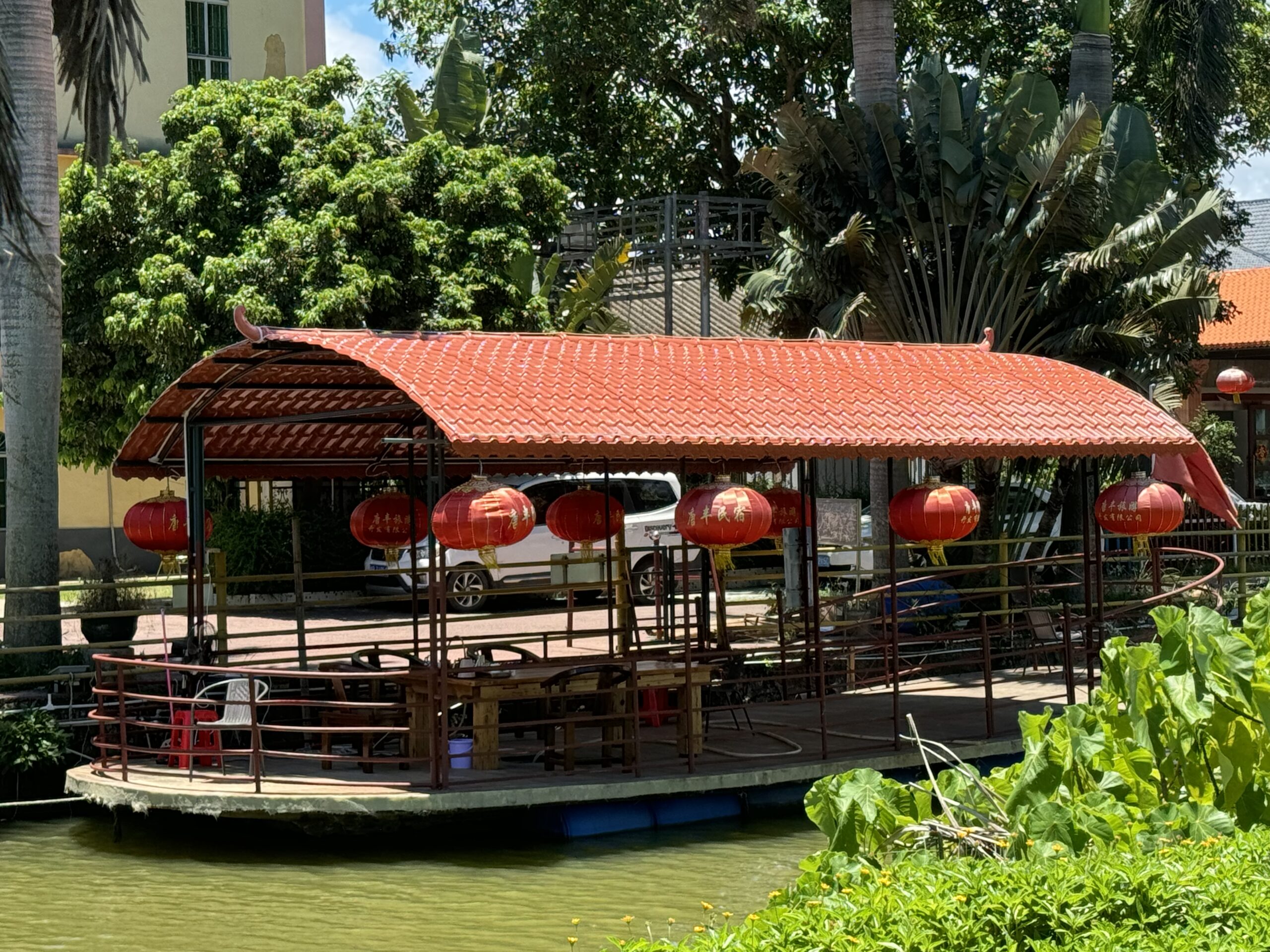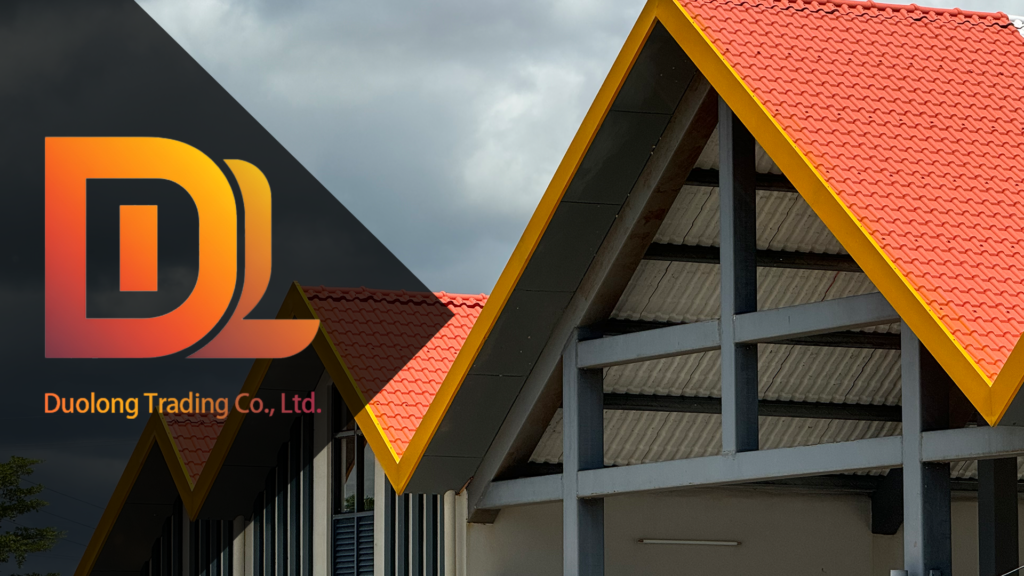Why Proper Installation Matters for ASAResinTiles in Africa
In Africa’s diverse climates—ranging from the scorching heat of Nigeria and Ghana to the coastal humidity of Kenya and Tanzania—roofing materials face constant stress from sun, wind, and heavy rain. ASA resin tiles, known for their durability and weather resistance, are an ideal solution.
However, even the best tiles can fail prematurely if not installed correctly. Poor installation may lead to leakage, tile breakage, or heat retention issues—resulting in customer complaints, additional repair costs, and lost reputation for builders and distributors.
This guide is created specifically for construction professionals and material distributors across Africa. Whether you’re installing ASA roofing tiles on a private home, warehouse, or industrial project, this step-by-step tutorial will help ensure performance, longevity, and client satisfaction.
Step 1: Choosing the Right ASA Resin Roof Tiles and Accessories
Before installation begins, selecting the right type of ASA resin tile is the foundation of long-term roof performance. For African builders and distributors, this means choosing tiles that match both the building structure and the region’s weather conditions.
Tile thickness: For most tropical or industrial projects in Africa, tiles with a thickness of 2.5mm to 3.0mm are recommended. This ensures better resistance to high UV exposure, strong winds, and thermal expansion.
Color selection: Lighter colors such as grey, terracotta, or white can help reflect heat in high-temperature zones. For coastal regions, anti-fading and UV-resistant color formulations are essential to reduce long-term discoloration.
Accessories: Use factory-matched fasteners and fittings such as ridge caps, waterproof screws with rubber gaskets, anti-wind clips, and edge trims. Avoid using metal fasteners from unknown sources, as they may rust or damage the tiles.
Application match: Consider the project type—warehouse, residential home, or market structure. High-pitch roof designs in regions like Ethiopia or Uganda benefit from overlapping tile systems and reinforced ridges.
Choosing the correct tile and accessories is not just a technical detail—it directly affects your product’s durability, energy efficiency, and client satisfaction.

Step 2: Preparing the Roof Base Structure
A solid and level roof base is critical to the performance of ASA resin tiles. In many African projects—ranging from steel-framed warehouses to wood-structured rural homes—the type and quality of the base structure determine whether the tiles can perform as expected.
Structure type: ASA tiles are compatible with both steel and wooden frames. Steel structures are preferred for industrial or commercial buildings due to their strength and long lifespan. For wooden frames, it is essential to use treated timber to prevent termite damage and ensure proper alignment.
Roof slope: A minimum roof pitch of 10° to 15° is recommended to ensure smooth water drainage and avoid water accumulation that may cause leakage or structural stress. In heavy rainfall zones such as Nigeria’s coastal states or Rwanda, a steeper pitch (20°+) is more effective.
Purlin spacing: Purlins (horizontal supports) should be installed with spacing between 660mm to 800mm, depending on tile thickness and wind load. For high-wind areas such as coastal Kenya or inland Zambia, closer purlin spacing is advised for enhanced tile support.
Flatness & alignment: Always check that the purlins or battens are level and well-aligned before laying tiles. Irregularities can lead to tile stress, cracking, or leakage over time.
By building a stable base, you not only simplify the installation process but also prevent long-term roofing issues that could damage your reputation as a contractor or supplier.

Step 3: Step-by-Step Installation Guide
Proper installation of ASA resin roof tiles ensures maximum waterproofing, wind resistance, and lifespan. Below is a standard procedure tailored for African construction settings:
Start from the eaves: Begin installing tiles from the bottom (eaves) toward the ridge, ensuring consistent overlap direction (typically from left to right, or against prevailing wind). This prevents rainwater from entering overlaps.
Overlap specifications:
Side overlap: 1 wave crest (tile profile)
End overlap: 200mm–250mm Ensure end overlaps fall over a purlin for stability. Avoid overlapping more than two layers to prevent unevenness.
Fastening with screws: Use stainless steel or galvanized waterproof screws with rubber gaskets. Screws should be fixed at the wave crest (highest point), with a spacing of 3 screws per tile width and 1 screw at each overlap point.
Ridge cap installation: Install ridge tiles once both roof sides are complete. Ensure sufficient overlap with main tiles (at least 100mm) and apply silicone or waterproof sealant at critical joints.
Edge finishing and waterproofing: Use edge trims or flashings at gable ends and eaves. In heavy rain zones (like Sierra Leone or coastal Cameroon), reinforce critical junctions with additional sealant or waterproof tape.
Wind-resistant enhancement (if needed): For cyclone-prone or coastal regions, add anti-wind clips and reduce purlin spacing to increase stability.
Each of these steps, when done correctly, improves your roofing system’s performance and reduces future maintenance calls. For training or visuals, request our official installation video.our roofing system’s performance and reduces future maintenance calls. For training or visuals, request our official installation video.
Common Mistakes to Avoid During Installation
Even with high-quality ASA resin tiles, improper installation can lead to leaks, cracking, and customer complaints. Based on field experience in African markets, here are key mistakes to avoid:
Using incorrect or low-quality fasteners: Unmatched screws—especially those without rubber gaskets—can cause water seepage and rust stains. Always use corrosion-resistant, factory-approved waterproof screws.
Over-tightening screws: Screws that are too tight can deform the tile, cause micro-cracks, or damage waterproof gaskets. Tighten just enough to press the gasket snugly without warping the tile surface.
Inadequate overlap or wrong direction: Insufficient side or end overlap allows rainwater to backflow, especially on low-slope roofs. Also, laying tiles against the correct wind direction is critical for weather resistance.
Uneven base structure: Misaligned or sagging purlins cause tiles to crack under stress. Always level and inspect the base before installation.
No allowance for thermal expansion: In hot regions like Sudan or inland Nigeria, tiles expand during the day. Without spacing gaps, tiles may buckle or lift. Leave a small (3–5mm) expansion gap at critical junctions.
Skipping ridge and edge sealing: Neglecting sealant at the ridge or gable ends exposes roofs to wind-driven rain. Always apply silicone or tape at vulnerable joints.
Avoiding these mistakes not only improves roofing performance but also protects your business from avoidable repair costs and warranty claims.

Expert Tips for Harsh Weather Conditions (Heat, Wind, Rain)
ASA resin tiles are built for durability, but in Africa’s diverse and often extreme climates, proper installation adjustments are key to ensuring long-term performance. Below are expert recommendations for challenging environments:
High heat areas (e.g., inland Nigeria, Sudan):
- Use light-colored tiles to reflect heat and reduce indoor temperature.
- Leave 3–5mm expansion gaps between tiles or at ridge joints to prevent buckling.
- Avoid installing tiles during the hottest hours of the day to prevent deformation during fixing.
High-wind zones (e.g., coastal Kenya, Mozambique):
- Reduce purlin spacing to 600mm–660mm for better structural stability.
- Use anti-wind clips or fix extra screws at overlap sections and ridge caps.
- Ensure tile direction faces away from prevailing wind to minimize lift.
Heavy rain zones (e.g., Sierra Leone, Uganda, Cameroon):
- Maintain a steep roof pitch of 20°–30° to ensure efficient water drainage.
- Reinforce overlaps and joints with waterproof sealant or roofing tape.
- Pay special attention to ridge tile and gable edge sealing to prevent backflow and leaks.
Mixed conditions (e.g., Congo, Tanzania):
- Combine anti-UV and anti-wind installation techniques.
- Perform extra inspections post-installation to check for gaps, misalignment, or stress marks.
Adapting installation methods to local climate conditions is a key part of professional roofing work. It shows responsibility to the client and protects your reputation as a reliable supplier or contractor.
Conclusion and Downloadable Installation Manual
ASA resin tiles are designed to last over 25 years—but only when installed correctly. In Africa’s diverse construction environments, proper selection, preparation, and installation are just as important as the product itself.
Whether you’re building for a family home in Uganda, a warehouse in Ghana, or a school in Cameroon, following the right steps ensures your roof remains leak-proof, storm-resistant, and low-maintenance for decades.
Need a visual guide or want your team trained? Contact us to get:
- Our official PDF installation manual
- On-site or virtual training videos
- Technical support via WhatsApp or email
Let Duolong be your trusted partner in delivering reliable, weather-resistant roofing solutions across Africa. Reach out today—we’re ready to support your project.


